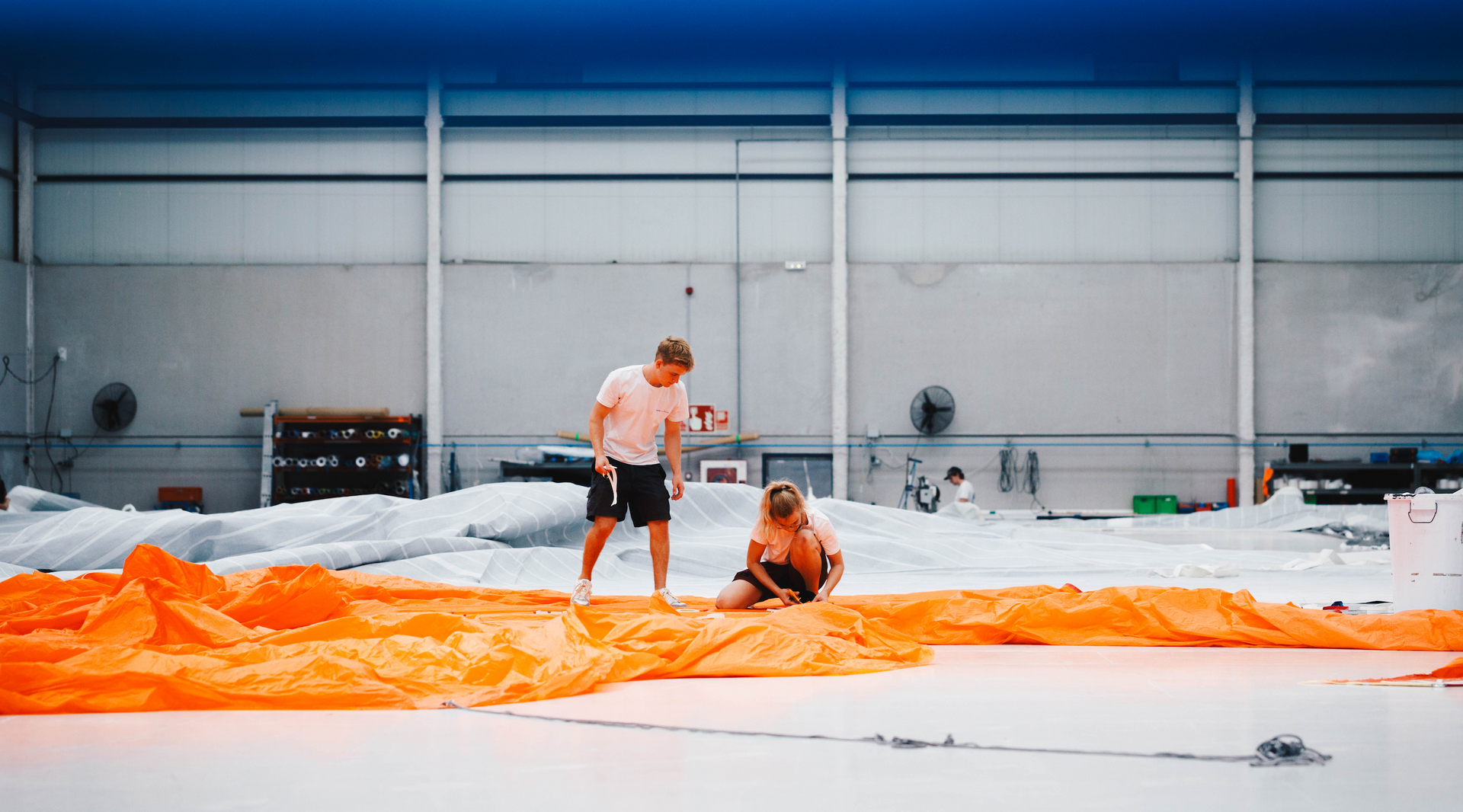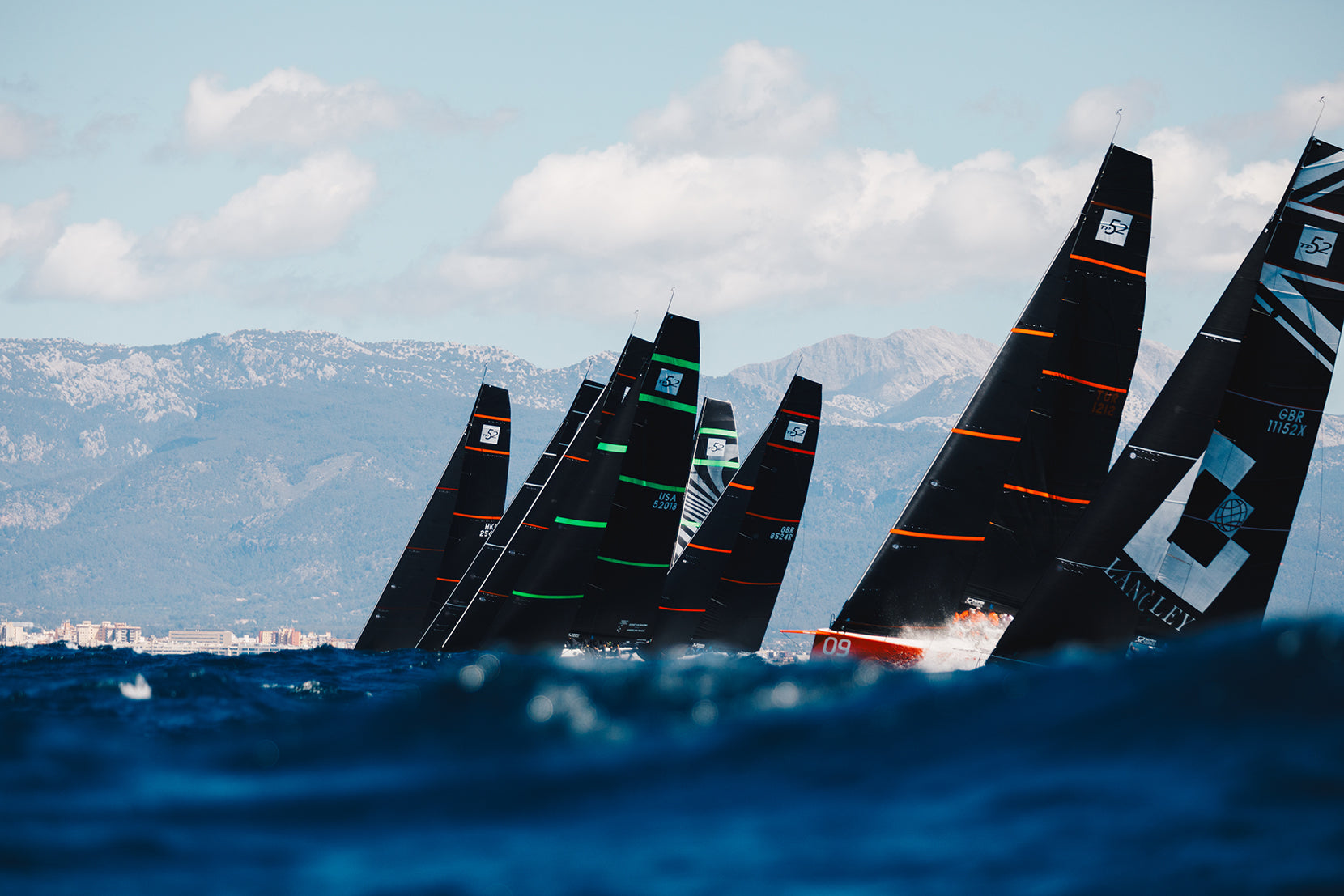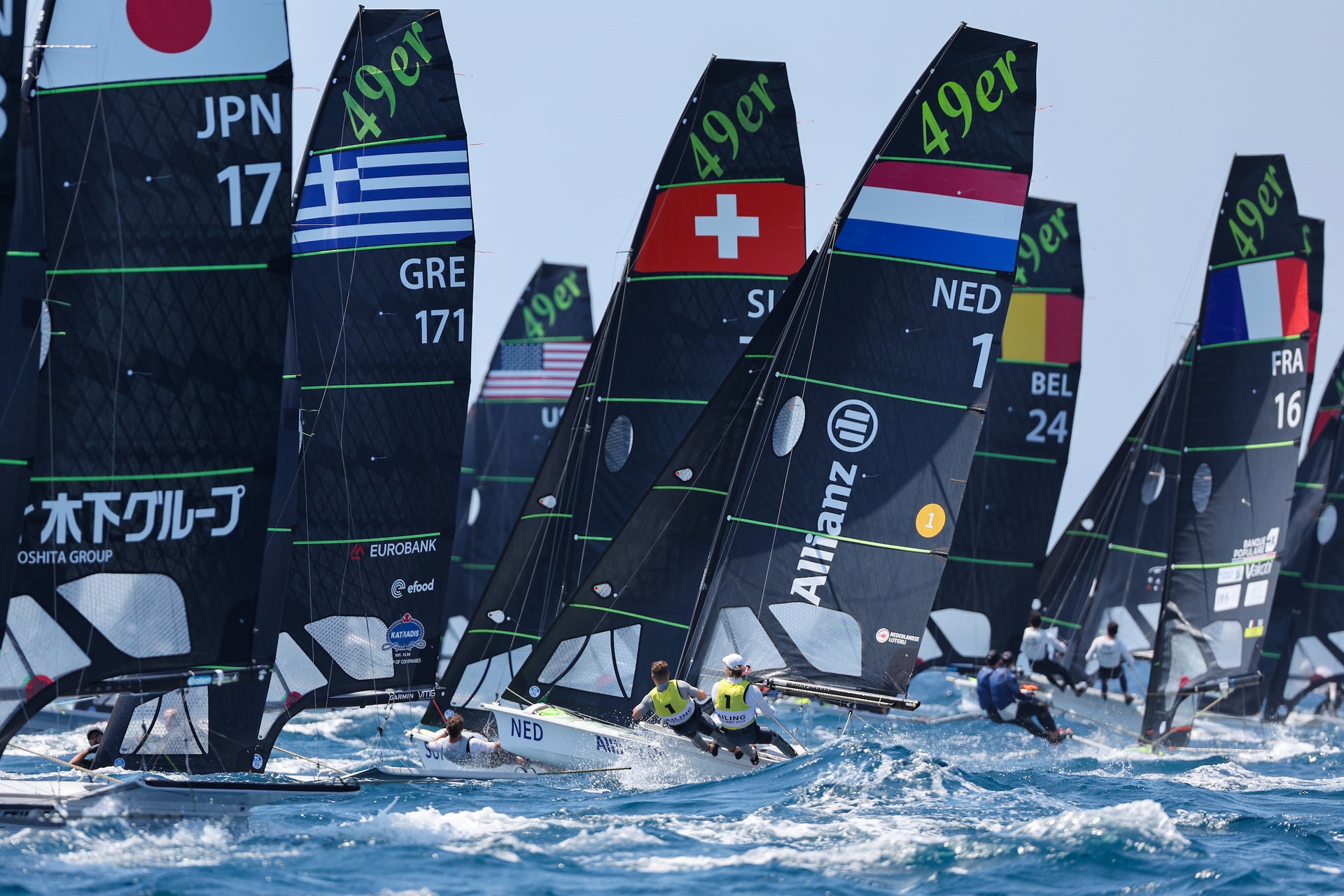SAILING ACROSS OCEANS AND TIME
The tropical South Pacific Ocean islands and atolls were first inhabited by seafaring people who voyaged across vast stretches of ocean in sailing canoes and rafts, guided only by legends and the patterns of waves, winds, and stars.
Many hundreds of years later, sailors from Europe stumbled upon the same islands and returned home with fantastic stories and nautical charts, some of which provided data still used in modern charts today.
“All sailors can trace our sailing roots directly back to those early voyages, in the South Pacific and beyond. There are obvious differences but ultimately we’re all using sails to drive ourselves across vast stretches of wild open ocean that exist more or less exactly as they did when our “ancestors” crossed the same waters hundreds and even thousands of years ago.”
Thor Heyeradal, a scientist sailor from Norway, spectacularly bridged the gap between the past and present. He developed a controversial theory of Polynesian migration while he was living on Fatu Hiva, a small strikingly beautiful island in the Marquesas chain. Dr. Heyeradal believed that people from South America settled Polynesia by crossing the ocean in large rafts made of balsa wood logs. To support this theory Thor and his friends built a raft, the Kon Tiki, then sailed/drifted 4,300 miles in it from Peru to French Polynesia in 1947. Their voyage ended when the raft was wrecked on the jagged outer reefs of Raroia, a remote Tuamotu atoll.
The crew of the Kon Tiki all survived the wreck with no major injuries. After salvaging the remains of their raft they survived on a tiny motu inside the lagoon on Raroia until some natives eventually “rescued” them.
The tiny Kon Tiki motu still exists today almost exactly as it did when the raft was wrecked there over fifty years ago. We spent a week anchored at that motu with no other people or boats in sight. The many, often harmless, black tip sharks kept us company as they continually prowled the clear blue and turquoise waters.

Kon Tiki motu is tiny. Most people can walk completely around it in about ten minutes. One side has an amazing white sand beach. The other side is jagged volcanic reef. The island is covered with spindly trees and coconut palms but the most striking feature is the birds. There are hundreds of terns constantly flying around the island, a rare sight in the Tuamotus. They are not afraid of humans. We had to be careful not to step on any of their many nests. There is a small plaque commemorating the Kon Tiki voyagers but otherwise there was no evidence of humans (aside from the ubiquitous and unfortunate bits of plastic debris found on the windward beaches of all islands in the South Pacific).
In our last post we described the challenging upwind passage we had when sailing from the Tuamotus to the Marquesas.
“We sailed from the Kon Tiki motu to Fatu Hiva, a course chosen in homage to Thor and his adventures”.
If you’re interested in learning more about the journey Thor Heyeradal wrote a fantastic book called, “Fatu Hiva” about his adventures on that island. He also produced a gripping documentary about his adventures on the Kon Tiki (not to be confused with the newer Hollywood-style movie by the same name.) Google Earth offers some interesting perspective through bird’s eye views of the places I mentioned. The book “We, The Navigators” is a comprehensive examination of navigation techniques used by pre-European Pacific voyagers and includes some inspiring examples of recent voyages completed in traditional open ocean sailing canoes.
One final story… While the shipwrecked Kon Tiki crew were living amongst the natives on Raroia they came across a young boy with a life threatening boil on his head. There were no doctors on the tiny atoll so the Kon Tiki crew used some of their supplies, notably penicillin, and saved the boys life. That boy is now a very old man, still living on Raroia,
“…and is yet another example of how interconnected our world is, across oceans and throughout time, something you become a part of every time you set sail.”



























